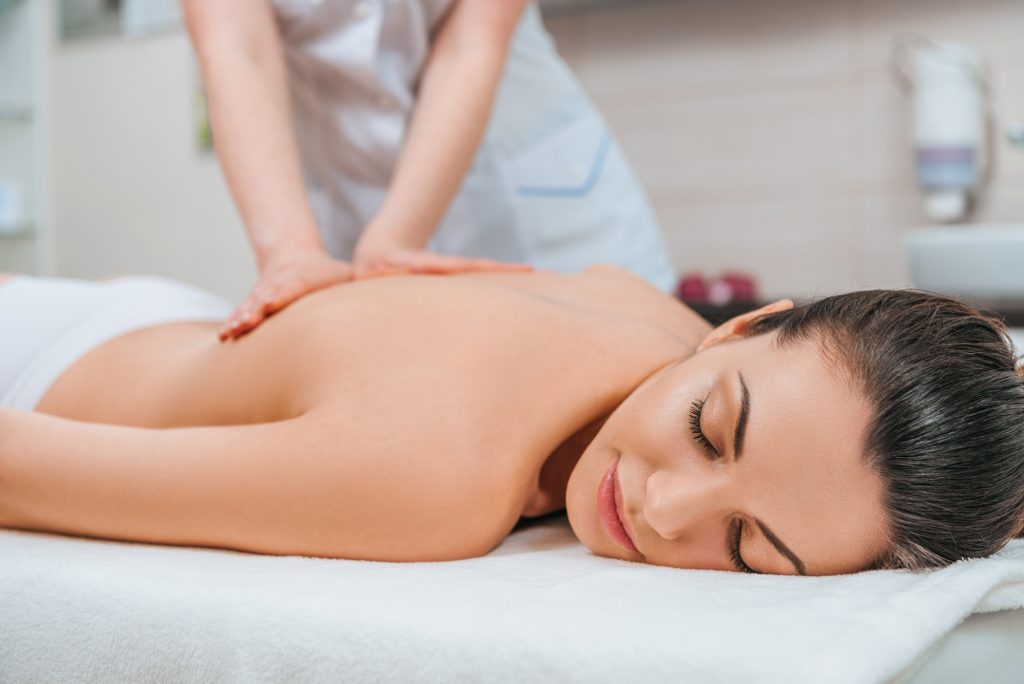Tui Na Massage: 6 benefits you need to know

Tui Na Massage is one of the ancient healing arts of traditional Chinese medicine along with acupuncture and alternative medicine. Although Tui Na has been used in China for more than 4,000 years, this method is still used today in many hospitals and clinics all over the country, and it only came to the attention of the West just a few years ago.
The name Tui Na carries with it the vigorous nature of the practice of this healing system: Tui means to push and Na means to hold tightly.
This massage is based on the theories of Qi (vital energy), Xue (blood) and Zang Fu (internal organs), and guided by the Jing Luo theory (meridians and collaterals).
This therapeutic method, which is practiced outside the body and has an effect inside, contributes to the clearing of the meridians, promotes the circulation of energy and blood, regulates the functions of the internal organs and is a proven way to treat some pathologies and improve the physical and psychological well-being.
History of Tui Na Massage
The history of the Tui Na massage is very old and has millenarian traditions. It is now considered that the earliest evidence of massage for therapeutic purposes dates back five thousand years.
The massage arose from the moment that the human being had the natural necessity to heal their pains and other evils, caused by incorrect eating habits or forces of nature and even by emotional imbalances.
Therapists currently have their hands as the main massage tool. The first university-level courses were organized in Shangai in 1956. Nowadays, Tui Na assumes great importance in Eastern health care.

6 benefits of Tui Na Massage
1. Skin
Tui Na massage stimulates and tones the skin, activating the subcutaneous blood circulation and facilitating the elimination of toxins.
2. Blood and lymphatic circulation
The movements, percussions and frictions of Tui Na massage activate the circulation of certain organic fluids, more precisely blood and lymphatic ones. Improved blood circulation allows a better distribution of oxygen in tissues and a better elimination of toxins.
Good lymphatic circulation is important to ensure tissue health, because if the lymph stagnates in certain parts of the body, it may cause edema, inflammation and pain.
3. Muscular
Tui Na massage is a good technique for relieving muscle aches, stress and lack of exercise. Thanks to its stimulating action on the circulation of fluids, the muscle fibers quickly get rid of the toxins that generate fatigue, strains and contractions.
4. Nervous System
This system encompasses the viscera and the endocrine glands. It is composed by the sympathetic and parasympathetic systems, which tend to balance each other. Tui Na massage contributes to maintaining this precious balance and to re-establishing it.
5. Brain-spinal
The cerebrospinal nervous system consists of the spinal cord and the brain, which in turn comprises the spinal bulb, the cerebellum, and the brain. This system has the function of transmitting orders to different muscles, coordinating vital functions and managing sensory information.
The Tui Na massage allows you to calm this system, often overwhelmed by too many sensory stimuli.
6. Endocrine glands
Several endocrine glands are related to acupuncture points. Depending on the need, these glands can be activated or calmed to harmonize their functioning with the rest of the body. It is through these glands that stress and emotions act on the organs, weakening or depleting them.
As you know, Traditional Chinese Medicine has plenty of methods, but Tui Na massage is the only one that brings together several physical, emotional and mental benefits. This method stimulates the body’s ability to recover its health and should be used aside any conventional or homeopathic treatment method, because it will help you accelerating the recovery processes of the body at all levels.
You may also like:
- 5 alternative therapies to try this year
- Benefits of acupuncture: what you need to know
- Tapping: the amazing benefits of not to stress
- Reflexology: discovering this technique and its benefits

